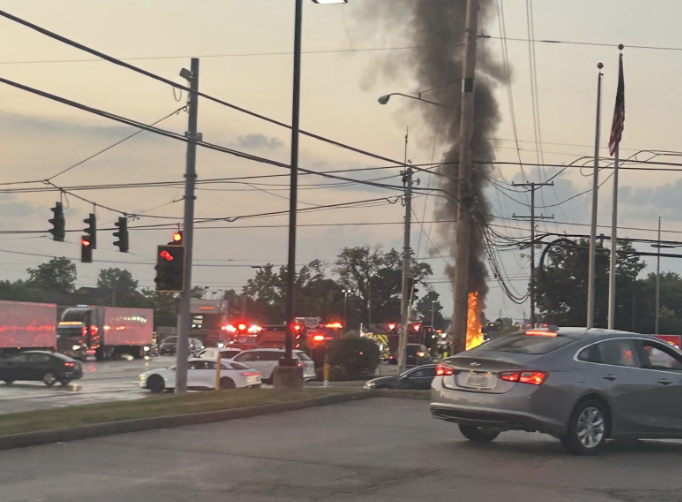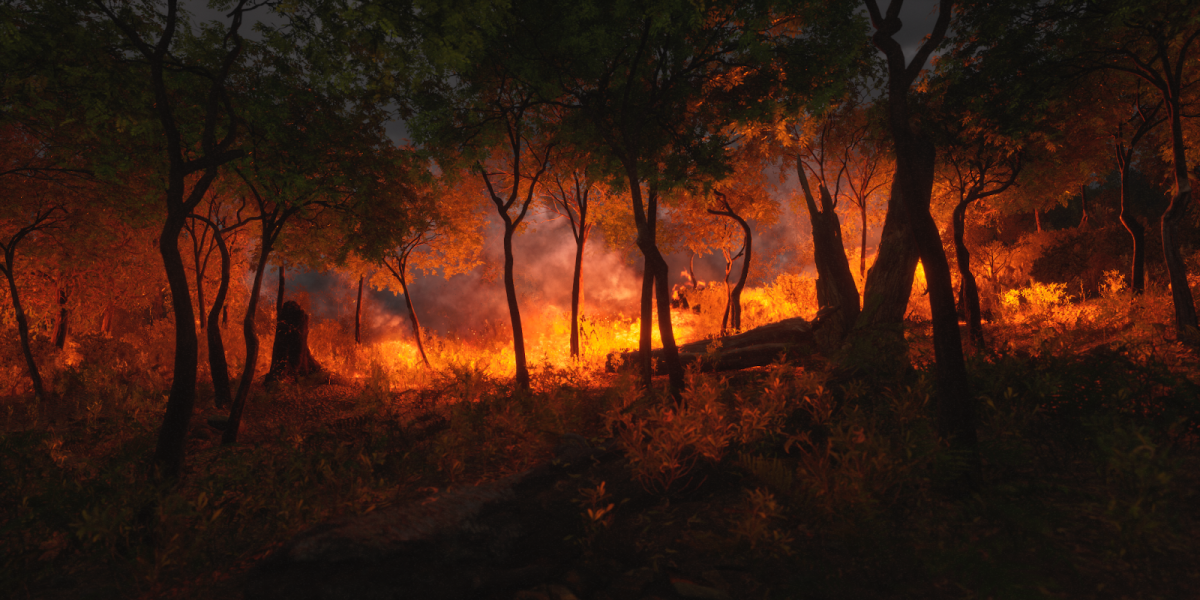As families cozy up for the holidays, and begin to participate in Christmas festivities, they might face a slight problem: there aren’t enough Christmas trees.
The calendar year faced a series of natural disasters, most famously Hurricane Helene, but also a slew of droughts in the Northeastern United States. As a result, many Christmas tree farms were destroyed or damaged.
Chris Moran, owner of Vandervalk Farm in Mendon, Massachusetts, reports that the drought wiped out 500 of the 2,700 seedlings he planted early in the year, in an interview with WBZ-TV.
“They’re all yellow on the inside. The needles are falling off, and without water, we can’t grow anything,” Moran said.
The drought decreased the level of moisture in the area, which affected younger trees, who couldn’t develop strong roots.
“You can see the root system just doesn’t go deep enough to get the moisture, and a lot of them just can’t hang on. You can see the dead trees in the field,” Pennsylvania tree farmer Jeff Hill said.
However, experts like Hill predict that the shortage will exacerbate in the near future. Young, weak trees will then be put up on the market, unable to last for a long time.
“This is where we really get hurt. There’s a shortage of Christmas trees, and this keeps the shortage going on because you can’t get your new ones to survive,” Hill said.
The shortage will cause a spike in Christmas tree prices for the foreseeable future. In 2023, prices rose 15 percent nationwide. A ten feet tall tree in Manhattan sold for $550, a $200 jump from the previous year.
Several farmers and experts attribute the string of droughts and extreme weather to climate change. The world will see its hottest temperatures this year, which does little for tree farmers across the country.
“You just can’t win,” Moran said.









